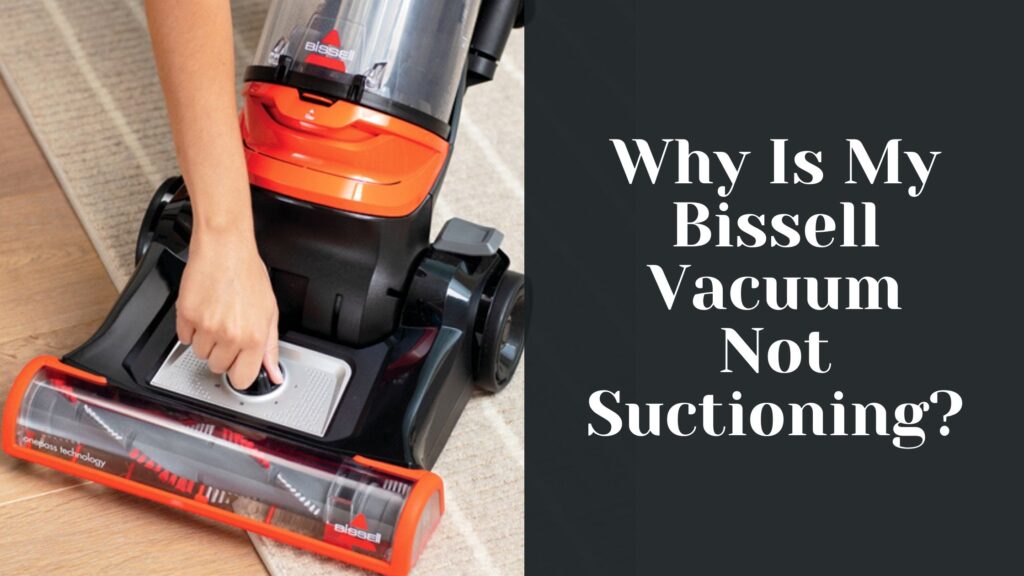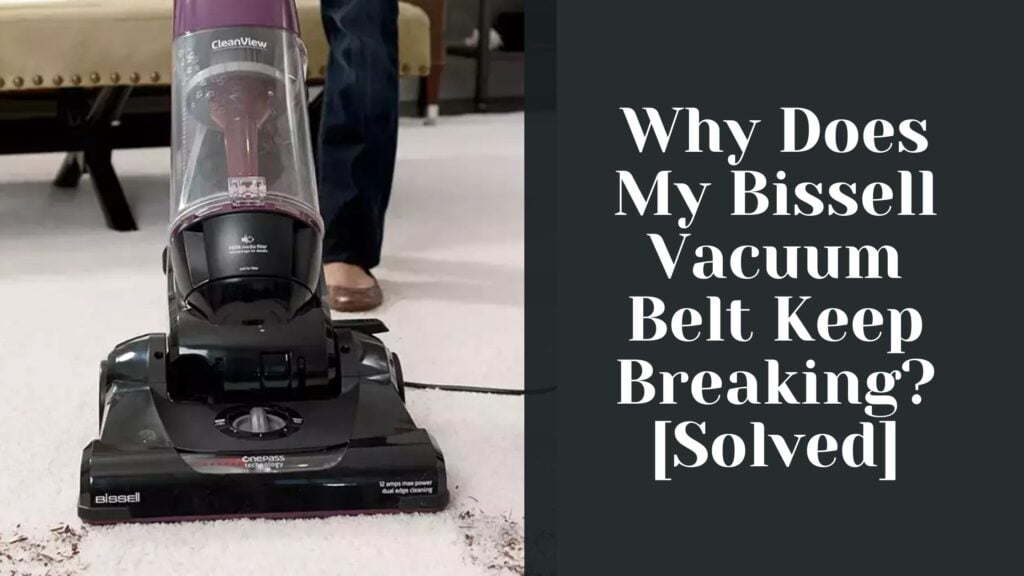When it comes to choosing the perfect vacuum cleaner for your home, it’s essential to make an informed decision based on the latest top-performing models. In this article, I will discuss the Miele Triflex HX1 and Dyson V15, both high-performance vacuums with impressive features and cleaning abilities.
As a homeowner, I am always on the lookout for products that can make my life easier and keep my living space clean and healthy. After researching, I found that the Miele Triflex HX1 is known for its versatile design, allowing users to move its dust container downwards for easy storage. On the other hand, the Dyson V15 Detect is equipped with laser technology and has a more straightforward emptying process.
By comparing various factors such as battery life, suction power, and filtration, I aim to provide a helpful comparison to assist you in determining which vacuum is the best fit for your home, based on their unique features and advantages. So let’s dive in and explore these two state-of-the-art vacuum cleaners!
Design and Functionality
Size and Weight
When comparing the Miele Triflex HX1 and Dyson V15, I noticed some differences in size and weight. The Miele Triflex HX1 feels lighter and has a more maneuverable design. With its modular design, the Triflex HX1 can be easily converted into an upright cordless vacuum, allowing it to stand freely without leaning against a wall.
Appearance
As for the appearance, both vacuums have modern and sleek designs. The Miele Triflex HX1 comes in a gray color, while the Dyson V15 has a more striking design with its vibrant colors, such as the red and blue. However, both vacuums look great and will seamlessly blend with any home decor.
Battery Life and Charging
Both the Miele Triflex HX1 and Dyson V15 offer excellent battery life for cordless vacuum cleaners. While the Miele Triflex HX1 provides up to 60 minutes of runtime on a single full charge, the Dyson V15 has a slightly shorter battery life, ranging from 20 to 60 minutes depending on the power mode and attachments used. Both vacuums require approximately 4 hours to fully recharge. Their detachable batteries allow for easy charging and even the option to swap out batteries for extended cleaning sessions.
Performance and Cleaning Efficiency
Suction Power
When it comes to suction power, the Dyson V15 has an advantage over the Miele Triflex HX1. The V15 boasts a more powerful motor, which contributes to better overall suction. On the other hand, the Miele Triflex HX1 is known for its better airflow, which complements its suction capabilities and helps with effectively picking up debris.
Filtration System
Both the Miele Triflex HX1 and Dyson V15 feature efficient filtration systems to capture dust and allergens. While I can’t specifically comment on the superiority of one system over the other, it’s worth mentioning that both vacuums are designed to keep allergens and fine particles well-contained within the vacuum, ensuring a clean environment during and after vacuuming.
Cleaning Heads
One of the main differences between these two vacuums is their cleaning heads. The Miele Triflex HX1 comes with an automatic surface type adjustment feature that stops the brushroll from spinning if it detects something has gotten tangled in it. This protects the vacuum and ensures an efficient cleaning process.
Meanwhile, the Dyson V15 features a unique laser technology that helps users spot and clean hidden dust particles. The cleaning head is also designed to automatically adjust to different floor types, providing optimal cleaning performance across various surfaces.
Smart Technology
In addition to the laser technology offered by the Dyson V15, this vacuum also has automatic suction power adjustments. This makes the cleaning process more efficient, as the vacuum adjusts its suction power based on the type of surface it encounters.
On the other hand, the Miele Triflex HX1 features a 3-in-1 design that allows users to switch between an upright, stick, or compact cordless vacuum easily. This adds versatility and adaptability to the cleaning process, making it a useful feature for those who need to clean different areas and surfaces regularly.
Ease of Use and Maintenance
Assembly
When I first got my Miele Triflex HX1 and Dyson V15, I found the assembly process for both vacuums to be straightforward. Both devices came with clear instructions and visuals on how to put the parts together. Each vacuum also featured quick-release connections, making it easy for me to attach and detach various components as needed.
Emptying and Cleaning the Dustbin
The process of emptying the dustbins on both vacuums has its pros and cons. When I empty the dustbin on my Dyson V15, I appreciate the hygienic point-and-shoot design, which makes it easy to release the debris directly into the trash without any mess. However, the Miele Triflex HX1 dustbin can be moved downwards, allowing the vacuum to be easily placed in a parking position, making it convenient when I need a break during cleaning.
When it comes to cleaning the dustbin itself, the Dyson V15 has an advantage because its design allows for easy access and washing. The Miele Triflex HX1 dustbin requires a little more effort to disassemble and clean, but it’s still manageable.
Maintenance Requirements
Regarding maintenance requirements, I found that the Miele Triflex HX1 is easier to maintain compared to the Dyson V15. Here are the key aspects of maintaining each vacuum:
- Miele Triflex HX1: The filters on the Triflex HX1 are washable and easy to access, making regular maintenance a breeze. Additionally, the vacuum’s overall build quality and design mean there are fewer parts to worry about in the long run.
- Dyson V15: While the Dyson V15 doesn’t require much more maintenance than the Triflex HX1, its more complex design can make certain maintenance tasks slightly more time-consuming. For example, accessing the filters requires removing the dustbin first, which adds extra steps to the process.
In conclusion, both the Miele Triflex HX1 and Dyson V15 have their advantages and drawbacks when it comes to ease of use and maintenance. Choosing between the two vacuums will come down to your individual preferences and needs.
Price and Warranty
In terms of price, the Miele Triflex HX1 and Dyson V15 Detect cordless vacuum cleaners may have different price points depending on the retailer and promotions. From my research, the prices for these models tend to vary quite a bit:
- Miele Triflex HX1: $499 – $599
- Dyson V15 Detect: $699
When it comes to warranty, both brands offer coverage to ensure that you are protected in case of any issues with the vacuum. Miele provides a comprehensive warranty that covers parts and labor for certain periods:
- 2-year warranty on the vacuum cleaner and accessories
- 5-year warranty on the motor
On the other hand, Dyson also offers a strong warranty for their V15 Detect:
- 2-year limited warranty on parts and labor
Always make sure to check the specific warranty terms and conditions for each vacuum cleaner, as there may be variations and limitations depending on the model and retailer.
Pros and Cons
Miele Triflex HX1
As I’ve researched, I found the Miele Triflex HX1 to have several advantages. First, its modular design allows it to be used as an upright vacuum, making it freestanding and convenient to store. This design also allows for easy maneuverability and makes it feel lighter during use. Moreover, the Triflex HX1 is known for its good build quality and ease of maintenance. Its 60-minute battery life is decent for cordless vacuums, and it takes 240 minutes to recharge.
However, the Miele Triflex HX1 does have some drawbacks. It doesn’t come with a sealed system, which means it might not capture allergens as effectively as other vacuum cleaners with sealed systems that release cleaner air than they take in. Furthermore, the Triflex HX1 doesn’t provide any suction measurements, making it challenging to compare its cleaning power to other vacuums.
Dyson V15
On the other hand, the Dyson V15 boasts several impressive features. One such feature is its laser technology that helps in better detecting dirt and debris on the floor for more efficient cleaning. It also has a swappable battery and a 60-minute battery life. The suction power of the Dyson V15 is measured at 230 AW, indicating that it can offer powerful cleaning performance. Additionally, the vacuum is equipped with a sealed system and a HEPA filter, ensuring better air quality during and after vacuuming.
Though the Dyson V15 has remarkable features, it does have a few downsides. For one, it doesn’t offer a convenient parking position like the Miele Triflex HX1. It also takes slightly longer to recharge, with a recharge time of 270 minutes. Some users might find it a bit more challenging to maneuver than the Miele Triflex HX1 as well.
Conclusion
In comparing the Miele Triflex HX1 and Dyson V15 cordless vacuums, it’s clear that both models have their strengths and weaknesses. The Miele Triflex HX1 is better built, easier to maintain, feels lighter, and is more maneuverable, while the Dyson V15 offers better suction power, a larger dust container, laser technology, and an improved filter system.
For those seeking a more balanced performance between the two, it might be worthwhile to consider the following:
- The Miele Triflex HX1 offers a modular design for versatile use
- Dyson V15 vacuums come with a sealed system and HEPA filter for cleaner exhaust air
Ultimately, the choice between these two high-quality cordless vacuums depends on your personal needs and priorities. Evaluate what features are most important to you, such as weight, airflow, noise level, or filtration, and make a decision based on the information provided here and from other credible sources.





















